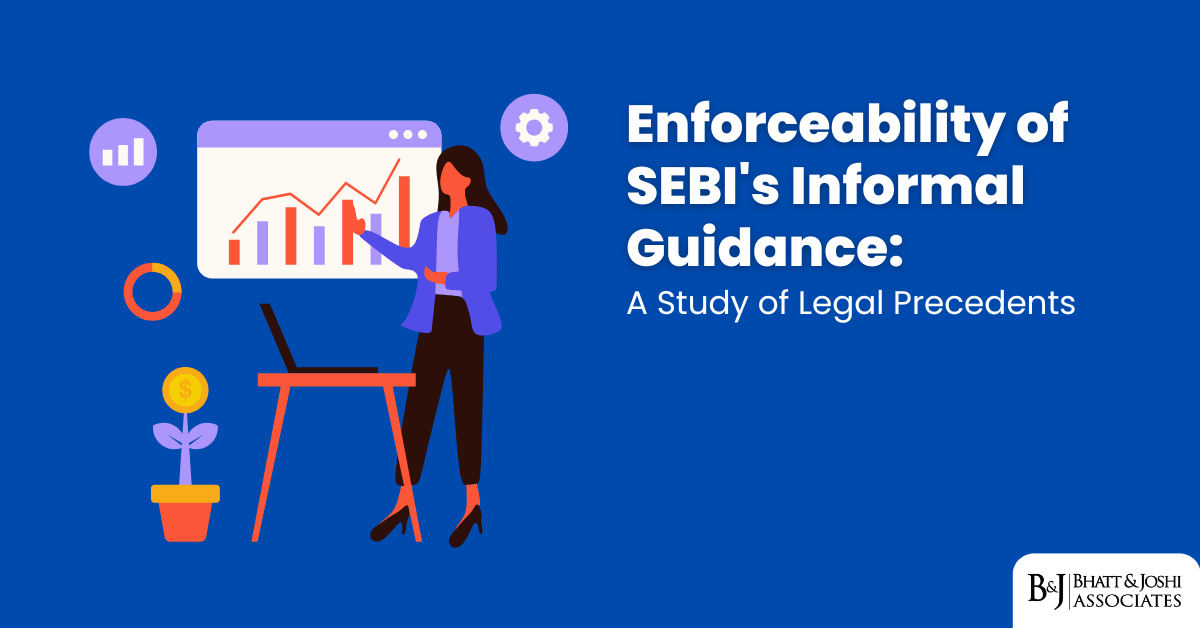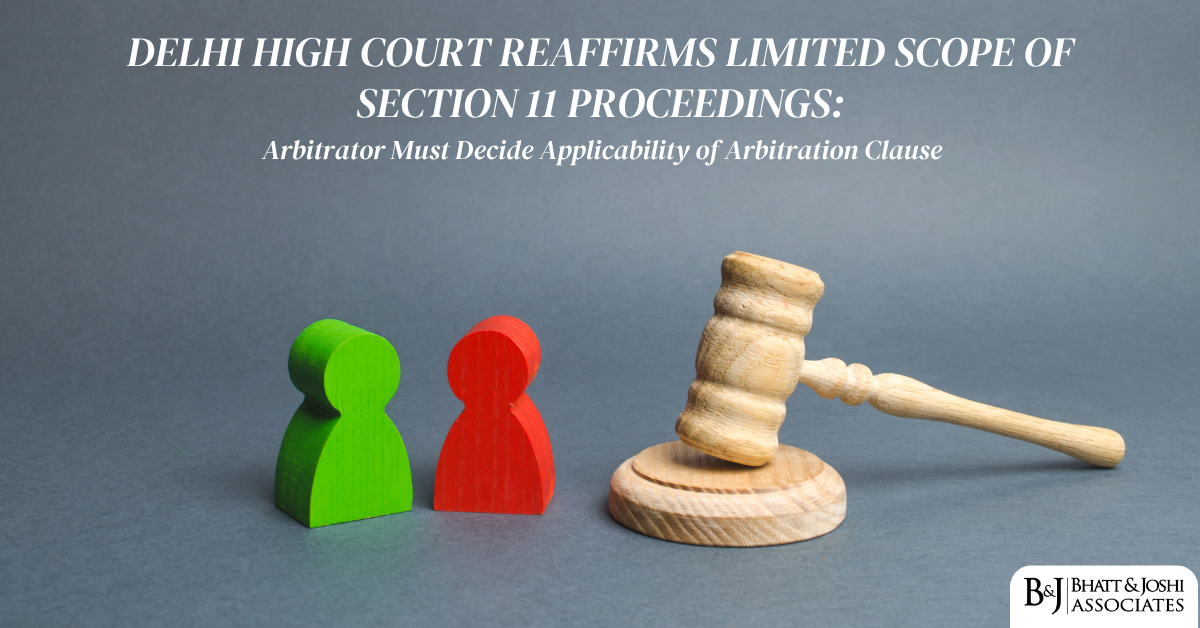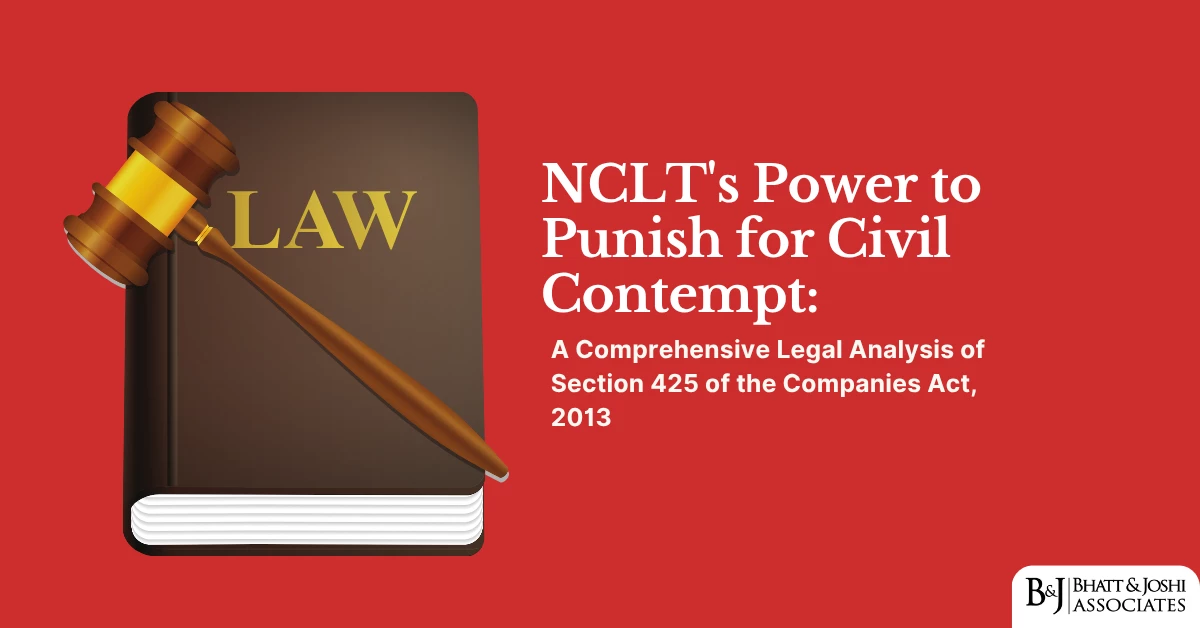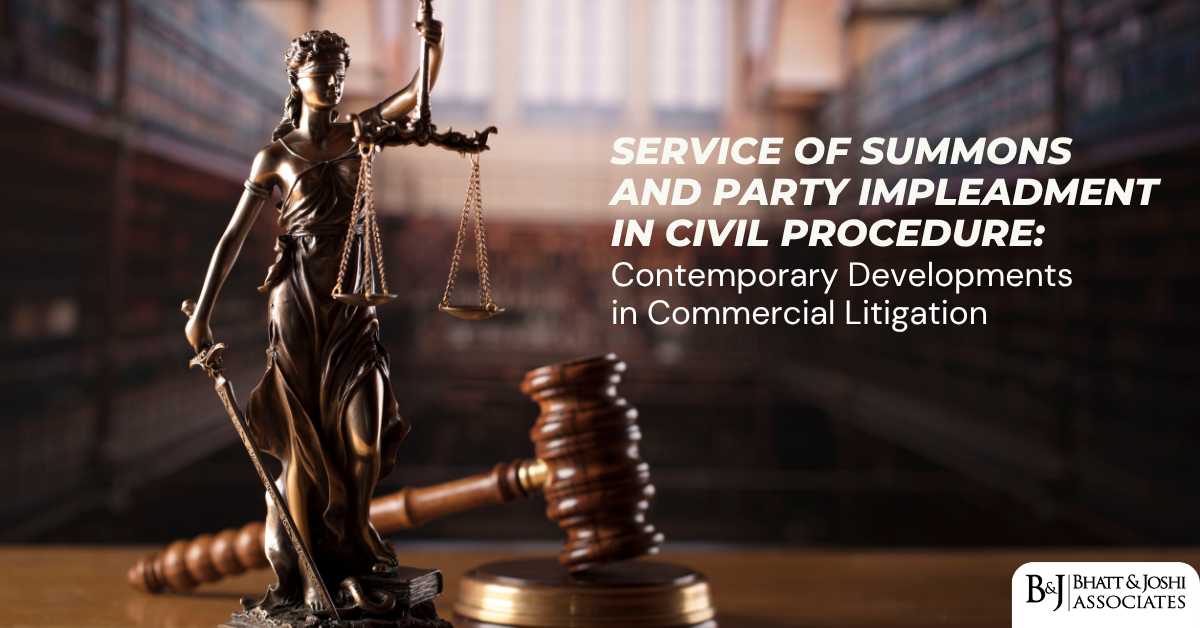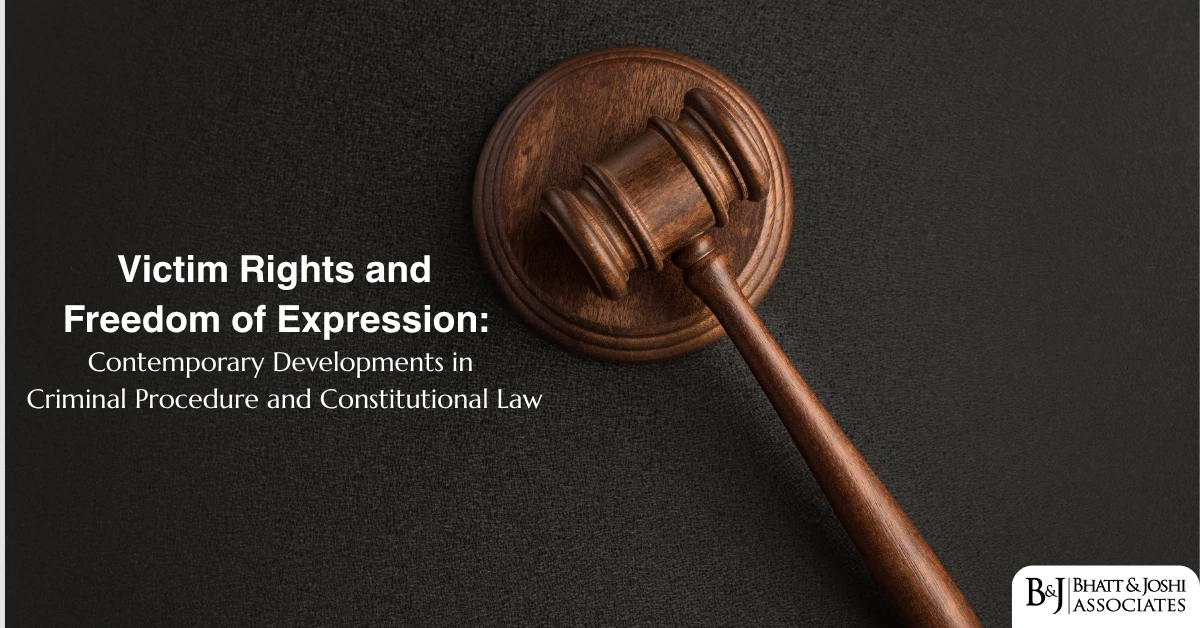Introduction
The Securities and Exchange Board of India (SEBI) operates in a complex and rapidly evolving financial landscape, where market participants often face uncertainty regarding the application of securities regulations to specific factual situations. To address this challenge, SEBI introduced the Informal Guidance Scheme in 2003, allowing regulated entities to seek clarification on regulatory matters. However, the legal status and enforceability of these informal guidance letters have remained subjects of debate. This article examines the evolving jurisprudence surrounding SEBI’s informal guidance mechanism, analyzes its legal implications through significant case precedents, and evaluates the effectiveness of this regulatory tool in promoting certainty and compliance in India’s securities market.
The SEBI’s Informal Guidance Scheme: Legal Framework and Procedural Aspects
The SEBI’s Informal Guidance Scheme was formally established through a Board Resolution dated December 24, 2002, and subsequently implemented via SEBI Circular SEBI/MRD/DP/32/2003 dated August 5, 2003. The scheme was introduced to enhance regulatory transparency and predictability by providing a formal channel for market participants to seek SEBI’s views on regulatory matters before undertaking transactions.
The Scheme explicitly states its scope and limitations in Section 5:
“The informal guidance may be sought for and given in two forms: (a) No-action letters: SEBI indicates that the Department would or would not recommend any action under the relevant provisions of the Acts, Rules, Regulations, Guidelines, Circulars, etc. administered by SEBI in the facts and circumstances of the request, or (b) Interpretive letters: SEBI provides an interpretation of a specific provision of any Act, Rules, Regulations, Guidelines, Circulars, etc. in the context of a proposed transaction in securities or a specific factual situation.”
Significantly, Section 7 of the Scheme explicitly addresses the non-binding nature of the guidance:
“The guidance letter issued by the Department shall not be construed as a conclusive decision or determination of any question of law or fact by SEBI. Such a guidance letter shall not be construed as an order of SEBI under Section 15T of the SEBI Act and shall not be appealable.”
The procedural framework for seeking informal guidance is detailed and structured. An eligible person (defined as a regulated entity or its authorized representative) must submit an application in the prescribed format, accompanied by a fee of Rs. 25,000. The application must relate to a serious question of law or interpretation of SEBI regulations concerning a proposed transaction in securities or a specific factual situation.
The Department of Policy and Planning within SEBI processes these applications and typically provides guidance within 60 days. The guidance letters, unless specifically exempted for confidentiality reasons, are published on SEBI’s website, creating a repository of regulatory interpretations accessible to all market participants.
The Legal Status of SEBI’s Informal Guidance: Between Advice and Authority
The ambiguous legal status of SEBI’s informal guidance presents a fundamental paradox. While the Scheme explicitly declares that guidance letters are non-binding and not appealable, their practical impact on market behavior and subsequent regulatory actions suggests a more complex reality.
Non-Binding Character: Statutory Basis
The non-binding nature of informal guidance stems from its statutory foundation. Unlike regulations or circulars issued under Section 11 of the SEBI Act, 1992, informal guidance is not an exercise of SEBI’s statutory rule-making power. Section 11(1) of the SEBI Act empowers the Board to “take such measures as it thinks fit for the protection of the interests of investors in securities and to promote the development of, and to regulate the securities market.” The informal guidance mechanism operates outside this direct regulatory authority.
The SEBI Act does not explicitly authorize the issuance of binding opinions on hypothetical or proposed transactions. This legislative silence has been interpreted by courts as indicating that the Parliament did not intend to grant such advisory powers to SEBI with the force of law.
Practical Authority: Market Impact
Despite its technically non-binding character, informal guidance often carries significant weight in practice. Market participants typically treat these interpretations as authoritative indicators of SEBI’s regulatory stance, particularly when planning transactions or compliance strategies. This practical authority derives from several factors:
- Expertise presumption: Courts have generally recognized SEBI’s specialized knowledge in securities regulation, granting its interpretations considerable deference.
- Regulatory relationship: Entities regulated by SEBI are naturally inclined to follow its interpretations to maintain good regulatory standing and avoid potential enforcement actions.
- Precedential value: Published guidance letters create a corpus of interpretive precedents that shape market practices, even without formal binding authority.
This dichotomy between formal legal status and practical influence has created a gray area in securities regulation that courts have struggled to navigate consistently.
Judicial Approach to SEBI’s Informal Guidance: Evolution Through Case Law
Early Judicial Skepticism: The Sterlite Industries Case
The earliest significant judicial examination of SEBI’s informal guidance came in Sterlite Industries (India) Ltd. v. SEBI (2001), although this predated the formal Scheme. The case involved SEBI’s interpretation of the SEBI (Substantial Acquisition of Shares and Takeovers) Regulations, 1997, communicated through a letter to the company.
The Securities Appellate Tribunal (SAT) held:
“While SEBI has the authority to interpret its own regulations in the course of enforcement actions, it does not have the power to issue binding interpretations outside the context of specific enforcement proceedings. The opinion expressed by SEBI in its letter to the appellant is at best advisory in nature and cannot be considered a determinative ruling on the matter.”
This decision established an early precedent of judicial skepticism toward the binding nature of SEBI’s interpretive communications.
Emerging Recognition: The Precursor to Judicial Deference
A shift in judicial attitude began to emerge in Sahara India Real Estate Corporation Ltd. v. SEBI (2008), where SAT acknowledged the value of SEBI’s interpretive guidance while maintaining its non-binding character:
“While we are not bound by SEBI’s interpretations communicated through informal guidance, we recognize that these interpretations reflect the specialized expertise of the regulator in complex securities matters. Such interpretations, while not determinative, are entitled to careful consideration and substantial weight in our analysis.”
This acknowledgment of SEBI’s expertise foreshadowed a more deferential approach that would develop in subsequent cases.
The Watershed Moment: Reliance Industries Limited v. SEBI (2014)
The landmark case that substantively addressed the legal status of formal informal guidance under the 2003 Scheme was Reliance Industries Limited v. SEBI (SAT Appeal No. 159 of 2014). The case concerned SEBI’s enforcement action against Reliance Industries Limited (RIL) for alleged violations of insider trading regulations, despite RIL having previously obtained informal guidance suggesting its proposed transaction structure was compliant.
SAT delivered a nuanced ruling that has shaped subsequent jurisprudence:
“The informal guidance issued by SEBI under its 2003 Scheme does not create a legally enforceable estoppel against subsequent regulatory action. However, when a regulated entity has acted in good faith reliance on such guidance, SEBI must provide cogent reasons for departing from its previously stated interpretation. While not legally bound by its informal guidance, SEBI is expected to maintain reasonable consistency in its regulatory approach to foster predictability and fairness in the securities market.”
This decision established a middle ground: while informal guidance lacks binding legal force, it creates legitimate expectations that cannot be arbitrarily disregarded by the regulator.
Expanding the Doctrinal Framework: The DLF Case
In DLF Limited v. SEBI (SAT Appeal No. 331 of 2016), the tribunal further developed the doctrine of legitimate expectations in the context of informal guidance. DLF had sought and received informal guidance regarding certain disclosure requirements for its IPO. When SEBI subsequently initiated enforcement action alleging inadequate disclosures, DLF argued that it had relied on SEBI’s guidance.
SAT held:
“Where a regulated entity specifically discloses relevant facts and circumstances to SEBI and obtains informal guidance on a particular regulatory question, the principle of legitimate expectations requires that SEBI should not ordinarily take a contradictory position in subsequent proceedings based on the same facts. While not creating an absolute bar to enforcement action, such guidance creates a presumption of compliance that SEBI must overcome with clear evidence that either: (a) the factual basis disclosed in the guidance request was incomplete or misleading, or (b) there has been a material change in the regulatory framework that renders the previous guidance inapplicable.”
This decision significantly strengthened the practical protection afforded by informal guidance, transforming it from merely advisory to creating a rebuttable presumption of compliance.
Supreme Court Intervention: The Turning Point
The Supreme Court of India finally addressed the issue directly in SEBI v. Burman Forestry Limited (Civil Appeal No. 446 of 2017), providing authoritative guidance on the legal status of informal guidance. The Court struck a careful balance:
“The SEBI (Informal Guidance) Scheme, 2003, by its express terms, creates no legally binding obligations on either SEBI or market participants. However, the principles of regulatory good faith and consistency are fundamental to effective securities regulation. Where SEBI has provided a clear interpretation of its regulations in response to a specific and complete factual disclosure, and a regulated entity has acted in reasonable reliance on that interpretation, SEBI may not ordinarily take enforcement action that directly contradicts its guidance without: (1) providing advance notice of its changed interpretation through appropriate public communications; (2) allowing a reasonable transition period for compliance with the new interpretation; or (3) establishing that the enforcement is necessitated by a significant risk to investor protection or market integrity that outweighs the reliance interests at stake.”
The Supreme Court thus established a framework that respects both SEBI’s regulatory flexibility and market participants’ need for predictability.
Recent Developments: Refining the Doctrine
More recent cases have further refined the doctrine. In IIFL Securities Ltd. v. SEBI (SAT Appeal No. 137 of 2022), SAT addressed a situation where SEBI had issued seemingly contradictory informal guidance letters to different entities on similar questions. The tribunal held:
“Where SEBI has issued inconsistent informal guidance on substantially similar regulatory questions, neither interpretation can form the basis for legitimate expectations. In such circumstances, SEBI retains full discretion to determine the correct interpretation through formal adjudication. However, entities that have acted in good faith reliance on either interpretation should generally be exempt from penalties for the period of inconsistency, though they may be subject to prospective corrective requirements.”
This decision acknowledges the practical limitations of the informal guidance mechanism when faced with interpretive inconsistencies.
Comparative Perspective: No-Action Letters in Global Securities Regulation
SEBI’s Informal Guidance Scheme bears similarities to regulatory mechanisms in other major securities jurisdictions, particularly the “no-action letter” process employed by the U.S. Securities and Exchange Commission (SEC). A comparative analysis reveals both parallels and important distinctions.
United States: SEC No-Action Letters
The SEC’s no-action letter process allows market participants to seek the staff’s position on whether a proposed transaction would trigger enforcement action. Like SEBI’s informal guidance, these letters technically represent only the views of the SEC staff and do not bind the Commission.
However, U.S. courts have generally accorded these letters significant deference. In New York City Employees’ Retirement System v. SEC (1995), the D.C. Circuit observed:
“Although no-action letters are not binding on the courts, they represent the views of the officials who are charged with the administration of federal securities laws and have been consistently viewed by the courts as interpretations entitled to significant weight.”
This judicial approach has enhanced the practical authority of SEC no-action letters beyond their formal legal status. However, the SEC has recently narrowed the scope of this mechanism, announcing in 2019 that staff would provide fewer no-action letters, focusing on novel or complex questions with broad market implications.
United Kingdom: Financial Conduct Authority Guidance
The UK Financial Conduct Authority (FCA) operates a formal guidance process through which it provides individual guidance to regulated firms. The Financial Services and Markets Act 2000 specifically addresses the legal effect of such guidance, stating that conformity with FCA guidance creates a “safe harbor” against enforcement action, provided that the relevant facts were fully disclosed.
This statutory basis creates greater legal certainty compared to SEBI’s informal guidance, which lacks explicit legislative authorization. The FCA’s approach represents a more formalized middle ground between non-binding advice and legally enforceable determinations.
Critical Analysis: Evaluating the Effectiveness of the Informal Guidance Mechanism
Strengths of SEBI’s Informal Guidance Approach
- Regulatory Flexibility: The non-binding nature of informal guidance preserves SEBI’s ability to adapt its interpretations as markets evolve and new regulatory challenges emerge.
- Transparency Enhancement: The publication of guidance letters creates a valuable repository of regulatory interpretations accessible to all market participants, promoting more uniform compliance practices.
- Risk Mitigation: The mechanism allows market participants to reduce regulatory uncertainty before committing to complex transactions, potentially preventing costly regulatory disputes.
In Kotak Mahindra Bank Ltd. v. SEBI (SAT Appeal No. 328 of 2017), SAT acknowledged these benefits:
“The Informal Guidance Scheme represents a commendable effort by SEBI to enhance regulatory transparency and predictability. It serves an important function in allowing market participants to better understand SEBI’s perspective on complex regulatory issues before undertaking significant transactions. This cooperative approach to regulation benefits both the regulator and the regulated.”
Limitations and Challenges of SEBI’s Informal Guidance Mechanism
- Legal Uncertainty: The ambiguous enforceability of informal guidance creates residual uncertainty for market participants, potentially undermining the scheme’s fundamental purpose.
- Time Sensitivity: The 60-day response window may be impractical for time-sensitive transactions, limiting the scheme’s utility in dynamic market conditions.
- Selective Application: The relatively high fee (Rs. 25,000) and procedural requirements may limit access to smaller market participants, creating information asymmetries.
- Confidentiality Concerns: The public disclosure of guidance letters may discourage entities from seeking guidance on commercially sensitive matters.
The Delhi High Court noted these limitations in Tata Consultancy Services Ltd. v. SEBI (W.P. No. 12015 of 2019):
“While the Informal Guidance Scheme serves a valuable regulatory function, its procedural rigidity and limited legal certainty restrict its effectiveness as a comprehensive solution to regulatory ambiguity. SEBI should consider reforms to address these limitations while preserving the scheme’s core benefits.”
The Way Forward: Policy Recommendations for SEBI’s Informal Guidance Mechanism
Statutory Recognition of SEBI’s Informal Guidance Scheme
The most fundamental reform would be to provide explicit statutory recognition to the Informal Guidance Scheme through amendments to the SEBI Act. Such recognition could establish a clearer legal status for guidance letters without necessarily making them fully binding. The legislation could codify the “legitimate expectations” doctrine developed by the courts, striking a balance between flexibility and certainty.
Specific language could be modeled on Section 380 of the UK Financial Services and Markets Act 2000, which provides that compliance with individual guidance creates a presumption against enforcement action, absent material changes in circumstances.
Tiered Approach to Enforceability
SEBI could consider implementing a tiered system of guidance with varying degrees of enforceability:
- Standard Guidance: Maintaining the current non-binding approach for routine or narrow questions.
- Enhanced Guidance: For questions of broad market significance, SEBI could issue more authoritative interpretations following a public consultation process, creating stronger legitimate expectations.
- Binding Rulings: In limited circumstances involving novel regulatory questions with systemic implications, SEBI could issue binding interpretations subject to Board approval and potential judicial review.
This approach would preserve flexibility while providing greater certainty for significant regulatory questions.
Procedural Refinements for SEBI’s Informal Guidance Scheme
Several procedural reforms could enhance the scheme’s effectiveness:
- Expedited Processing: Implementing an expedited track for time-sensitive matters with a shorter response window (perhaps 15-30 days) and higher fees.
- Fee Structure Reform: Adopting a sliding scale fee structure based on the applicant’s size or resources to ensure broader accessibility.
- Enhanced Confidentiality Options: Expanding the circumstances under which guidance can remain confidential to encourage participation.
- Periodic Compilations: Publishing thematic compilations of guidance letters with analytical commentary to improve accessibility and understanding.
Regulatory Consistency Mechanism
To address concerns about inconsistent interpretations, SEBI could establish a formal internal review process for guidance letters to ensure consistency with previous interpretations. When departing from previous guidance, SEBI could provide reasoned explanations of the change in approach, enhancing transparency and predictability.
Conclusion
SEBI’s Informal Guidance Scheme represents an important innovation in India’s securities regulatory framework, enhancing transparency and cooperation between the regulator and market participants. While its non-binding character creates inherent limitations, judicial development of the “legitimate expectations” doctrine has substantially improved its practical utility.
The evolving jurisprudence on informal guidance reflects a sophisticated balance between regulatory flexibility and market certainty. The courts have recognized that while SEBI cannot be absolutely bound by its informal interpretations, neither can it arbitrarily disregard them when regulated entities have acted in good faith reliance.
Looking forward, statutory recognition of the scheme and procedural refinements could further enhance its effectiveness. The ideal approach would preserve SEBI’s ability to adapt its regulatory interpretations while providing market participants with reasonable certainty for planning purposes.
The success of any reform will ultimately depend on striking the right balance between competing regulatory objectives: maintaining sufficient flexibility to address emerging market challenges while providing the predictability necessary for efficient capital formation and allocation. By continuing to refine the Informal Guidance Scheme, SEBI can strengthen its role as a facilitative regulator that promotes both market integrity and innovation.





